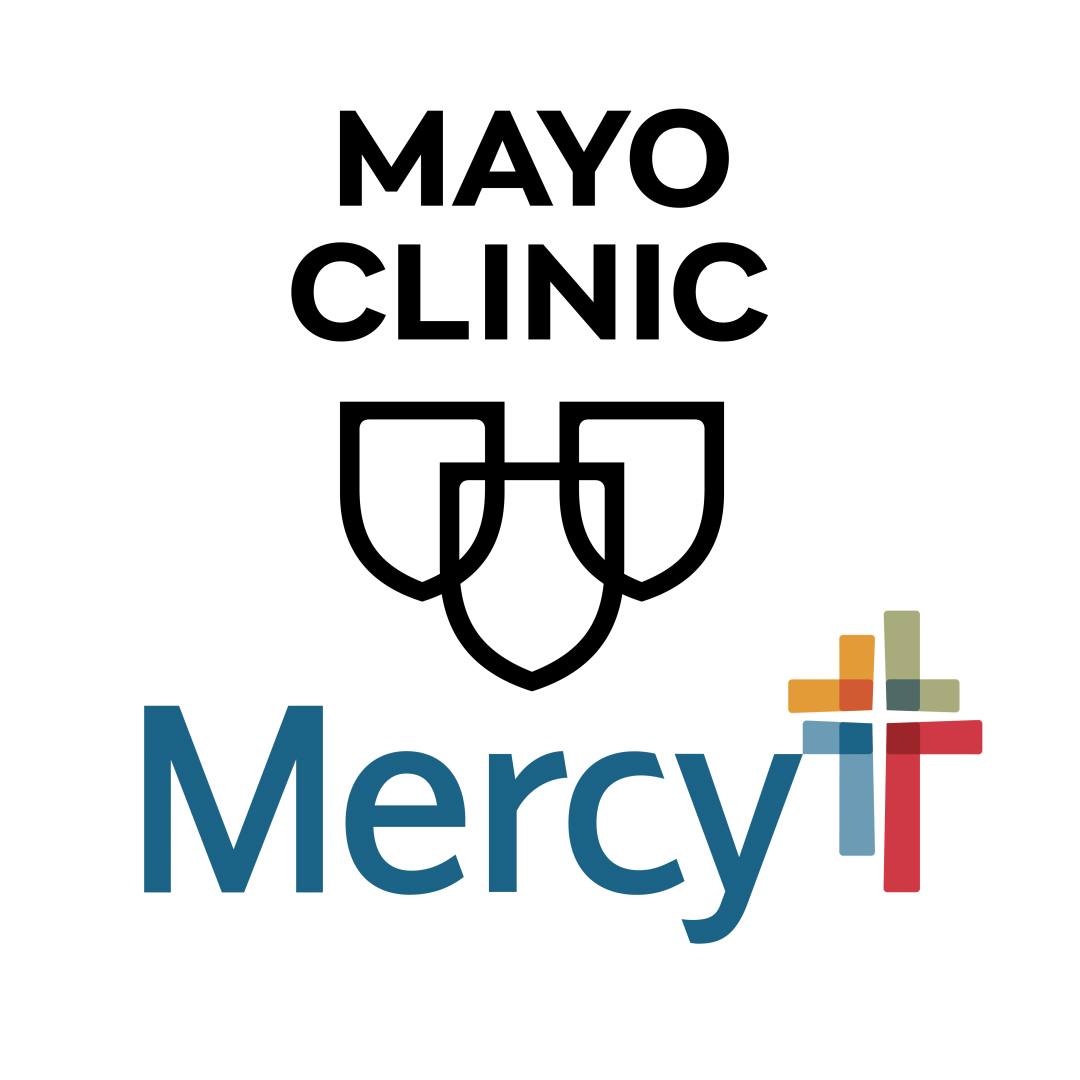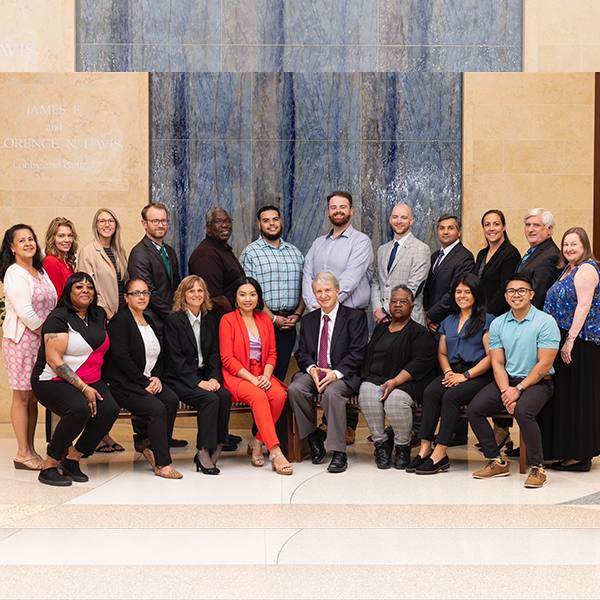-
Research
Rebuilding bigger, stronger hearts
Reprint from Mayo Clinic Alumni magazine, 2023, issue 3
Timothy Nelson, M.D., Ph.D., intended to be a cardiothoracic surgeon.
“As a student in the Medical Scientist Training Program at the Medical College of Wisconsin, I observed a lot of cases and remember the joys of giving families hope that we could repair defects,” he says. “I also remember seeing those patients in clinic years later and the outcomes not being what we’d thought they’d be. I was motivated to find a better way. Human bioengineered heart cells viewed through a microscope."
“I learned about the promise of stem cells — and the possibility of cures with regenerative medicine — during that time. I wanted to be part of a team that could make that happen. Mayo Clinic was a leader in stem cells and regenerative medicine, which led me there. When induced pluripotent stem cells were discovered in 2006, I thought they could change medicine. It’s looking like that may be the case.”
Dr. Nelson’s regenerative medicine work of the last 12 years has reached a milestone — a first in-human clinical trial. The phase 1 trial focuses on cell-based therapy to rebuild heart tissue for adult patients with hypoplastic left heart syndrome.
Rolling back the clock
The bioengineering process involves returning cells to their embryonic state. This begins with a biopsy about the size of a pencil eraser taken from a patient’s skin. Cells are extracted from the specimen and reprogrammed to become induced pluripotent stem cells. In essence, this turns back the hands of time to when the cells first formed in the womb. The cells divide and become capable of transforming into any type of cell in the body. In this case, for congenital heart defects, they’re trained to become heart cells (cardiomyocytes) — beating, contracting heart muscle cells. The manufacturing process, from extracting to creating hundreds of millions of cells from an individual’s specimen, takes nine months. In preclinical models in the lab, the cells were engrafted into the recipient’s heart muscle, where they grew, divided and expanded.
Depending on the outcome of the three-year single-center trial, it still could take years before engineered heart tissue is approved for use in clinical care for congenital heart disease.
“We hope the data from our trial shows that this process is safe and can refurbish the heart, making it bigger and stronger,” says Dr. Nelson, director of the Todd and Karen Wanek Family Program for Hypoplastic Left Heart Syndrome at Mayo Clinic. “Patients with single ventricle congenital heart defects like HLHS have very few options, and this could represent a viable therapeutic option.”
Babysitting cells
Dr. Nelson is quick to give credit to his team.
“I’m the spokesperson for a team of 60 people who work seven days a week. The team has taken care of cells in various stages for more than 4,000 days at this point.”
Dr. Nelson recognizes his surgical colleagues present and past, including Mayo’s Joseph Dearani, M.D., the Sheikh Zayed Professor of Cardiovascular Diseases Honoring George M. Gura, M.D.; and Harold Burkhart, M.D. Dr. Burkhart, the CHF Brandon Weeden Chair of Pediatric Cardiovascular Surgery at Oklahoma Children’s Hospital and the Paul H. and Doris Eaton Travis Chair in Thoracic Surgery at the University of Oklahoma College of Medicine, completed a cardiothoracic surgery fellowship at Mayo Clinic and was the original cardiac surgery partner in Dr. Nelson’s work.
“We wouldn’t be where we are without Dr. Burkhart’s early contributions at Mayo Clinic,” says Dr. Nelson. “Mayo Clinic takes pride in innovation and transformative medicine — it’s in our cultural DNA. Because we put the needs of patients first, when we need to do something better, we innovate. We’ve had the commitment and support of our departmental and institutional leadership. I’m confident that in the decade ahead, we will be able to rebuild hearts and cure congenital heart disease with this technology. It’s laborious work but a labor of love for our patients and their families.”
###









